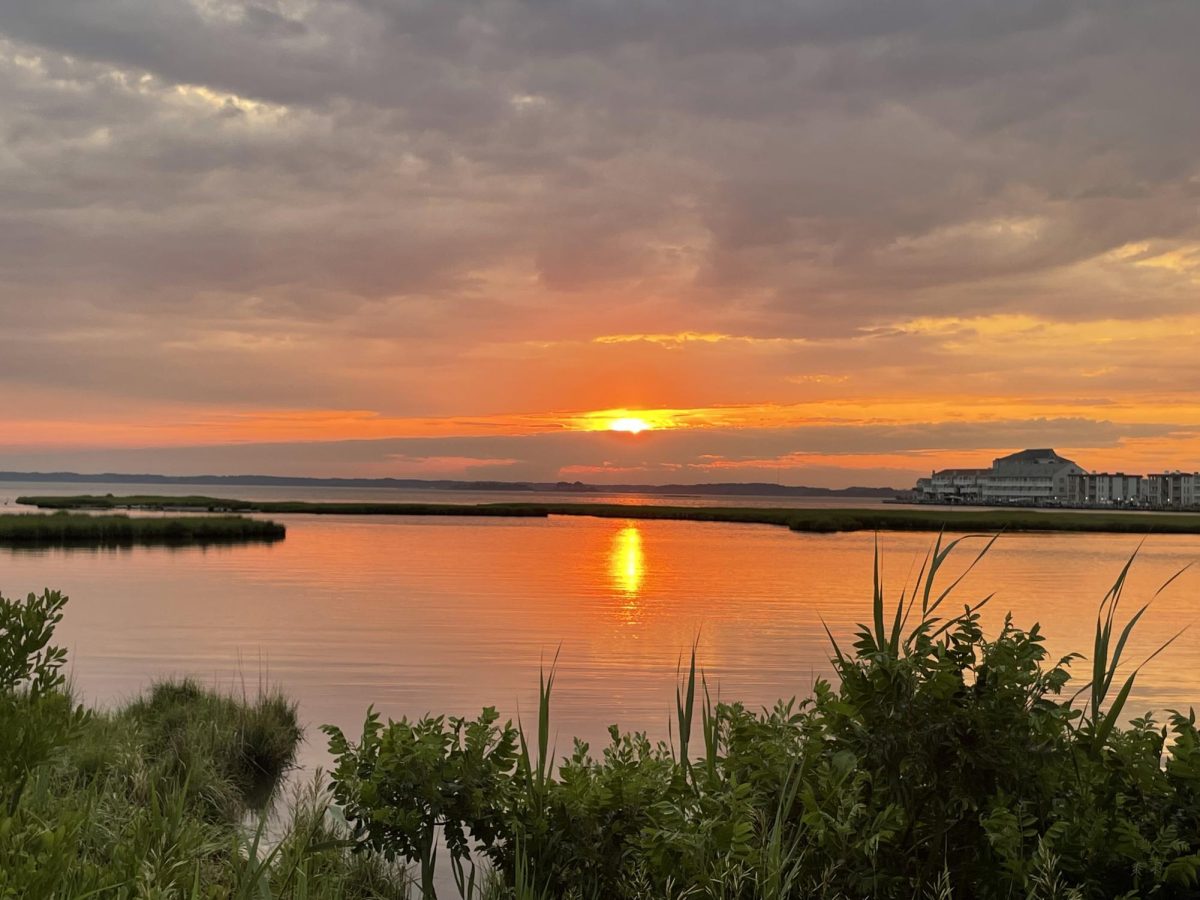Back in December of 1978, the Torch reported on then-student Bill Lauto’s proposal for a solar heating plan on the roof of St. Augustine Hall. His proposal to put solar panels on the roof of our well-known library in order to provide a more environmentally friendly way to heat the building was denied by the Board of Trustees. Now, it is time to revisit this idea.
Today, we see solar panels as a well-discussed topic. According to the Solar Energy Industries Association, we are also seeing a large collection of companies like Walmart, Costco, Apple and Ikea deciding to take the path to more environmentally conscientious decisions, no matter the cost. We should too.
St. John’s University has seen many changes since 1978 and we have had additional buildings added to the St. John’s Queens campus that would be more suitable for a solar energy project.
Back in 2013, when the Taffner Field House project was newly proposed by Thomas Goldsmith, Director of Environmental and Energy Conservation, the incentives were around $1.40 per KW for the first 50 KW. If this project had already been approved back in 2013, St. John’s University could have already been working towards other large projects with longer payback periods, but more dramatic appeal.
Currently Taffner Field House is more of an ideal location for this type of project and it has the ability to gain enough solar energy to power the building’s lighting system (200kw). Differing from the ’78 proposal, the solar panels for Taffner Field House would be solar photovoltaic (PV) in order to provide energy for lighting rather than heating.
The project would propose two sets of solar panels with one portion directed towards the lacrosse field and the other pointed towards Carnesecca Arena. The project would cost the school roughly $536,000 with an estimated 16-year payback, saving the school about $33,000 a year, according to Goldsmith.
The amount of time that we would have to wait in order to get the money back creates some conflicts about whether or not this type of project would be worth it. Adding solar panels to the roof of Taffner would allow the school to work toward being a stronger representative for making “green” decisions as well as reducing the carbon footprint, which is a part of our commitment to New York City as a part of the New York Carbon Challenge. But this would also make roof maintenance more challenging and take away from smaller initiatives that provide quicker payoffs, according to Goldsmith’s proposal.
The New York Carbon Challenge is an organized committee taking action to reduce the amount of pollution that New York City creates ranging from greenhouse gas emissions to energy usage, which acknowledges the existence of climate change and takes responsibility for the city’s contributions.
Currently on campus, we are working toward an LED lighting project that only allots for a three-year payback period with utility company rebate, which means that the University would only have to pay half of the project, according to Goldsmith.
With the solar panel project, New York State does offer grants and incentives for the amount of energy that the panels produce, starting at $0.70 per KW for the first 50KW and then $0.45 per KW for the remaining amount.
The incentives would take an already accounted for $102,000 off the project cost based off of the New York State Energy Research and Development Authority’s present pricing report.
Just as Lauto said in ’78, “I don’t believe they (the University) are looking far enough into the future.”
















